Spending time in the outdoors means we all have to protect nature as best we can. Especially now that more and more people are getting out in nature and hiking has become more popular than ever.
The 7 Leave No Trace Principles work as great guidelines to how we can protect and respect our surroundings. They are the foundations to be an ethical hiker and assure we live in harmony with nature when we explore the outdoors.
It all starts with your mindset and the decisions you make on your hiking and camping trips. Following, I’ll go through the 7 principles of leave no trace and how you can implement them in your adventures.
Disclosure: This post may contain affiliate links. That means that if you make a purchase through one of those links, I will get a small commission at no extra cost to you. As an Amazon Associate, I earn from qualifying purchases.
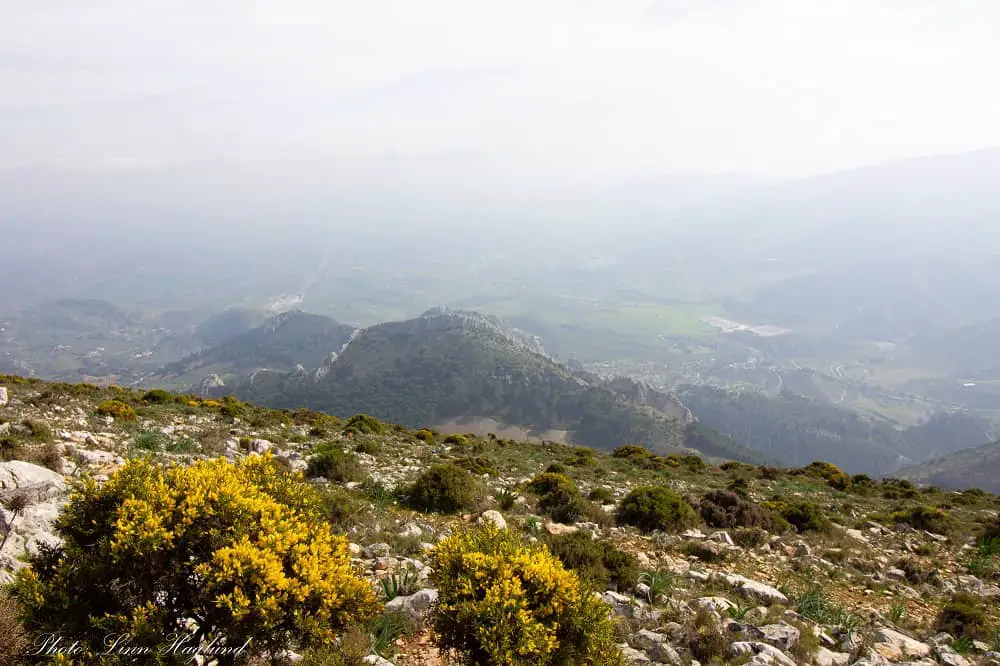
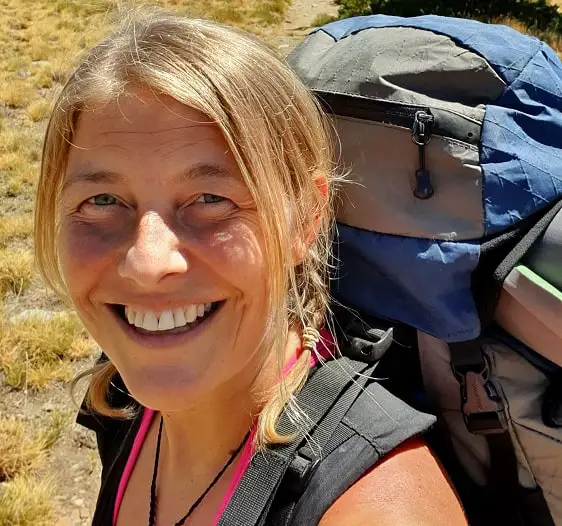
I’m Linn Haglund, the face behind Andalucia Hiking. I’m an avid hiker and after calling Andalucia home for over 10 years, I’ve covered my share of peaks, ravines, rivers, and valleys across all 8 provinces. Now, I’m here to help you navigate this incredible region with thorough hiking guides, hiking tips, and gear recommendations.
Table of Contents
The 7 Leave No Trace Principles
Before you dive into the 7 Leave No Trace Principles, I want to be clear about them not being a set of rules, but rather guidelines for how you should act in the outdoors.
As I mentioned above, use them to create the right mindset when you’re outside enjoying Mother Nature. In turn, you’ll be a part of the wonderful harmony between humans, nature, and wildlife.
The 7 Leave No Trace Principles are:
- Plan ahead and prepare
- Travel and camp on durable surfaces
- Dispose of waste properly
- Leave what you find
- Minimize campfire impacts
- Respect wildlife
- Be considerate of others
Now that you know what they’re all about, let’s have a look at each Leave No Trace Principle. If you’re new to hiking, you might also want to read my guide to hiking for beginners too.
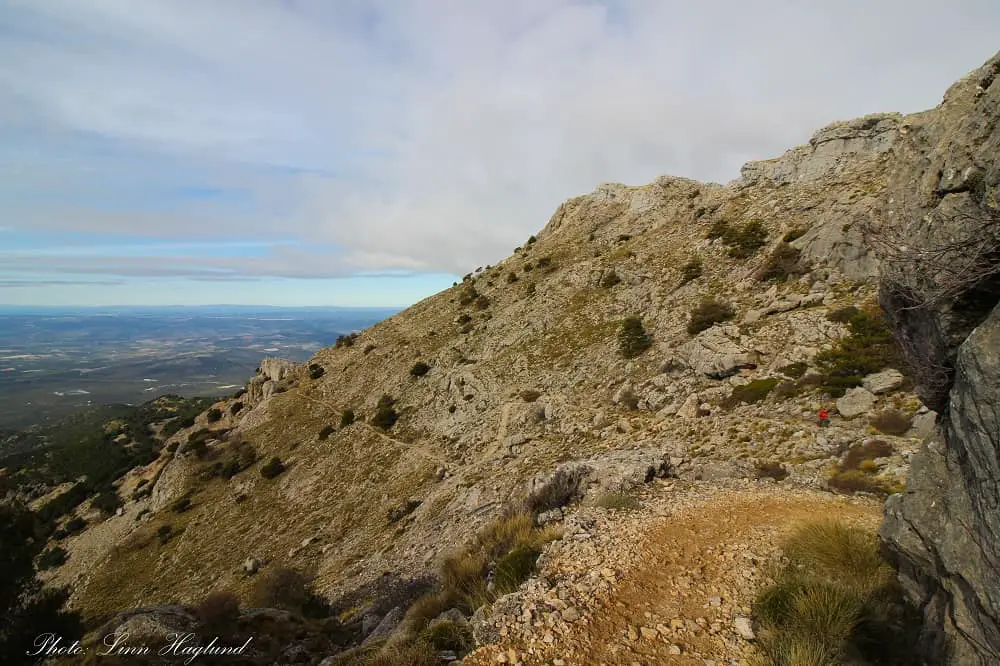
Plan ahead and prepare
Planning ahead of a hike is an important Leave No Trace Principle that can save you a lot of hassle getting lost, not having the appropriate gear, or walking in the dark without light.
Make sure you’re at least prepared for the following:
- Read up on the restrictions in the area you’re going to. Is it a national park? Is it allowed to wild camp? Is it allowed to make fires?
- Check the weather forecast and bring adequate gear. If it seems like it can change during the day, it’s better to be safe than sorry – you don’t wanna turn around just because you didn’t bring the right gear.
- Be prepared for emergencies and make sure you have a first aid kit or even a GPS tracker if you’re going on longer treks
- Check if you can go outside of the peak times/hours to avoid too many people there at once
- Avoid more waste than necessary by repacking food and use sustainable hiking gear when possible

Travel and camp on durable surfaces
Make sure you stick to the trail when you hike and camp on designated campsites when possible. It’s important that we do our best to protect nature by not harming spots that aren’t already.
- Stick to walking on durable surfaces like paths, tracks, and rock, and avoid the soft fragile areas like the ones you find by natural water sources.
- Keep your campsite as small as possible and set up your tent on durable surfaces to avoid creating new lasting marks in the vegetation. If there are designated camping areas, use them. In Andalucia, it’s not allowed to camp outside campgrounds unless you have a permit to do so as part of a through-hike. You will then get all the regulations including the Leave No Trace 7 Principles sent to you to read before you camp.
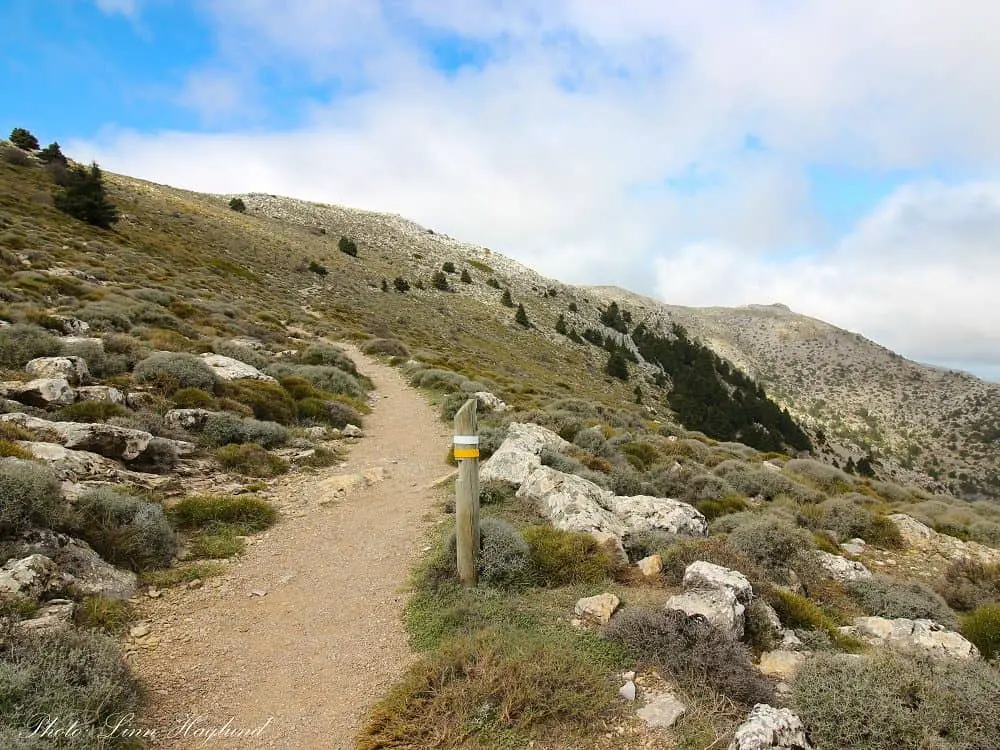
Dispose of waste properly
If you bring it with you, you take it back home too. You can easily bring an extra bag for your rubbish so that you can dispose of your own rests and pick up after others if you come over anything along the trail. It also means not leaving your poop covered in toilet paper. It doesn’t disappear overnight.
Here are a few guidelines to make sure you follow the third of the leave no trace principles:
- Pack all the rubbish with you including food rests like orange peels and apple cores. If it’s not endemic to the area, it doesn’t belong there – it will rather disturb the ecosystem
- If you come across other’s rubbish on the way, pick it up and dispose of it in a proper way. This means putting it in a rubbish bin that is not already full. In areas where there’s a lot of wind, throw it in rubbish bins with a lid so that it doesn’t blow away. Especially the coastal area of Cadiz is easily contaminated because of rubbish disposal in unlocked or overfilled bins – when it’s windy there, it’s windy. It’ll blow straight to sea in a matter of seconds.
- Use only eco-friendly and biodegradable products when washing dishes or yourself in nature and don’t wash anything close to any natural water source, trails, or campsite (at least 50 meters distance.) Any food scraps on the dishes should be removed carefully and disposed of with the rest of the rubbish before washing.
- If you need to go number two, dig a hole about 20 cm deep and cover your business up with soil. If you don’t have anything to dig with or if nature calls without a warning, cover your delight completely up with stones before you leave. Any toilet paper should be disposed of properly together with your other rubbish. I like to use one of Ayla’s poop bags for that to avoid the smell. Some places require you to take your poop with you in that poop bag too (I highly recommend buying them even though you don’t have a dog – they come in biodegradable too!), so make sure you read up on that before you go. You can read everything you need to know about responsible dog hiking in this post.

Leave what you find
I know it can be tempting to pick that flower or bring those pine cones home for decorations. But leave it be. If it’s in nature, it’s part of the ecosystem, thus it should stay where it is.
There’s not much more to say about that. I think we can all agree that this is one of the easiest of the 7 Leave No Trace Principles to follow as it’s just our temptation we need to fight.
However, there are a few things you can pick. Sometimes. If you can eat it, it’s usually okay to pick. This includes wild berries, fruit, mushrooms, and herbs. But you need to check the local rules for foraging because in periods or in certain areas it’s not allowed to pick – to avoid mass foraging.
In Andalucia, you can find a lot of blackberries, mushrooms, wild asparagus, and rosemary among other eatables.
Here are a few guidelines for safe foraging:
- Make sure you check upfront if it’s allowed or not in the area
- If you don’t know what it is or it looks funny, leave it!
- Avoid foraging from popular paths where there is a lot of traffic, roads, sheep or cow fields, as it can be contaminated
- If it’s a rear food, leave it. You don’t want to be responsible for extinguishing it from the area.

Minimize campfire impacts
There’s no denying, campfires are super comforting when out in the woods. But they can do a lot of damage too. So make sure you always follow the local rules for campfires. A great alternative is to use a lightweight hiking camp stove.
In Andalucia, they’re not allowed large parts of the year due to extremely high fire hazards. There are also rules about how high above the tree limit you have to be, to be able to make a campfire.
Once you know the local rules for the time you’re planning to camp, make sure you follow the following guidelines when you make a campfire:
- When possible, use fire rings or fire pits that are already there
- Keep the fire as small as possible
- Avoid areas where there is a lot of dry grass or other plants that easily can take fire
- Pick only branches and firewood from the ground – leave the living trees and bushes alone
- Don’t bring firewood from a different area as it can bring diseases
- Make sure you put the fire completely out before you leave – spread the coal and ashes out to be positive there aren’t any signs of life left
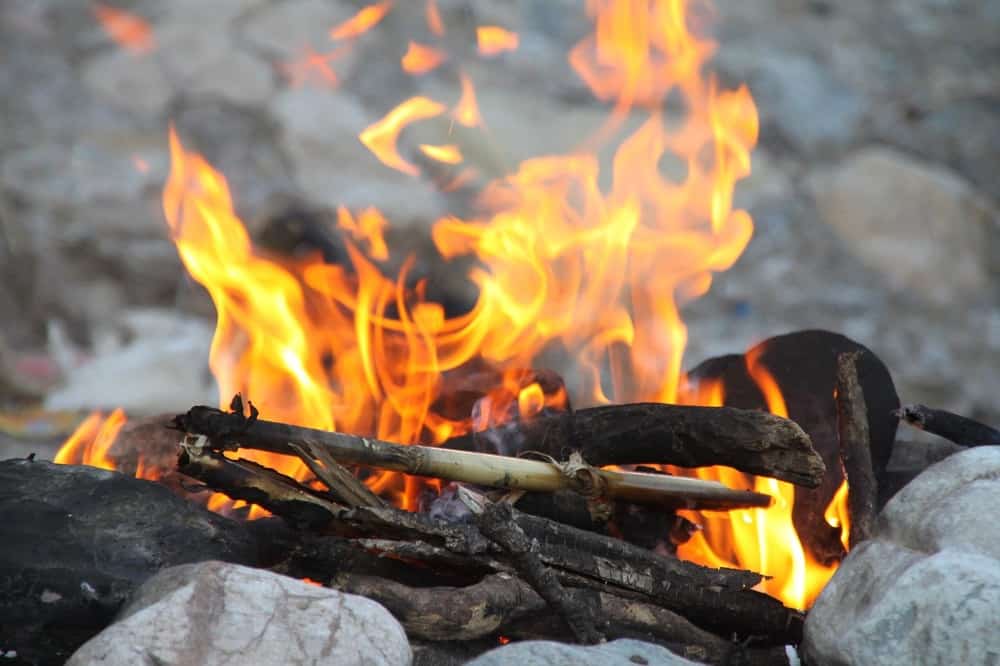
Respect wildlife
Respecting wildlife is such an important leave no trace principle. When breaking these guidelines you can create a massive ripple effect. It can change their natural behavior, make them vulnerable to predators/dangers, and change the natural food chain which in turn harms their health. All of it disrupts the ecosystem all the way down to tiny microorganisms.
Remember that you are the visitor when you spend time in nature. This is their home.
Here are the main things to keep in mind when you see wildlife on the trail:
- Keep a distance and observe keeping noise levels to a minimum
- Use a zoom lens if you want to take close-up photos
- Don’t feed the wildlife (which also means don’t throw food rests like apple cores or banana peel in nature)
- Store food and waste properly at night so that wildlife don’t go after it
- Take extra care to not disturb wildlife when it’s mating season or when they raise their babies
- Make sure you respect the farm animals you pass on the trail with respect too
- Keep your pet from running after wildlife and farm animals – if you can’t control it (you don’t want to trigger an angry wild boar mama!), keep it on a leash!
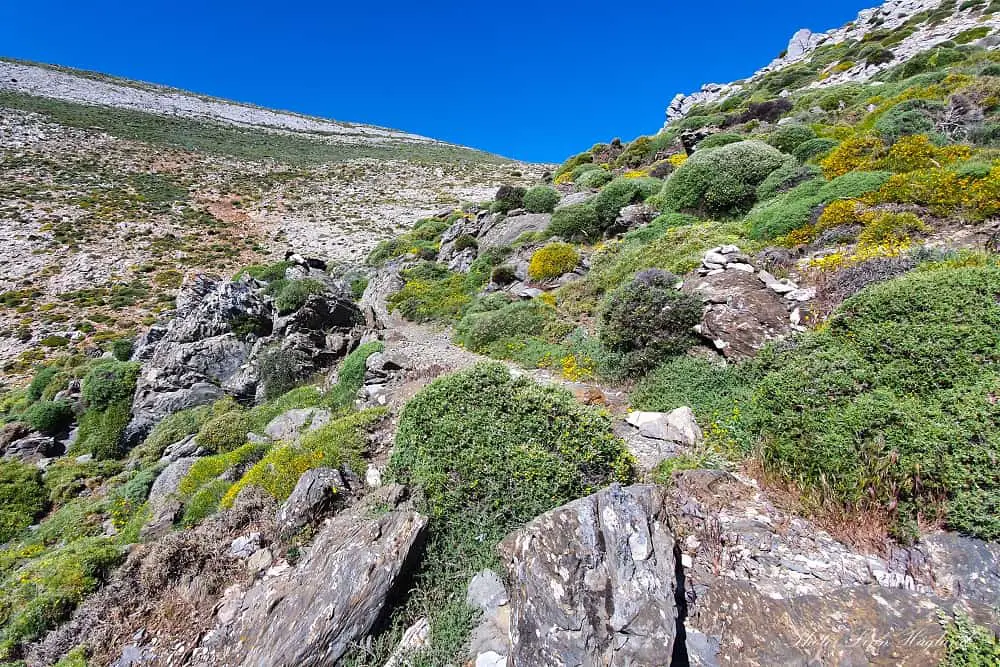
Be considerate of others
The final leave no trace hiking principle is to be considerate of other hikers when you’re out on the trail. This is really just common sense and is all about protecting other’s outdoor experience and not only your own.
- Be polite, help fellow hikers if they ask or you see they need help, and keep smiling
- Be considerate by keeping noise levels down
- Set up camp with enough distance from the trail and other campers so that everyone can enjoy the peace of nature
- Give way to those who walk uphill
- If you can’t control your pet, keep it on a leash, some people might get scared or even panic if your dog jumps at them, and let’s be honest, none of us likes a stranger’s dog dribbling over our food when we’re enjoying our lunch.
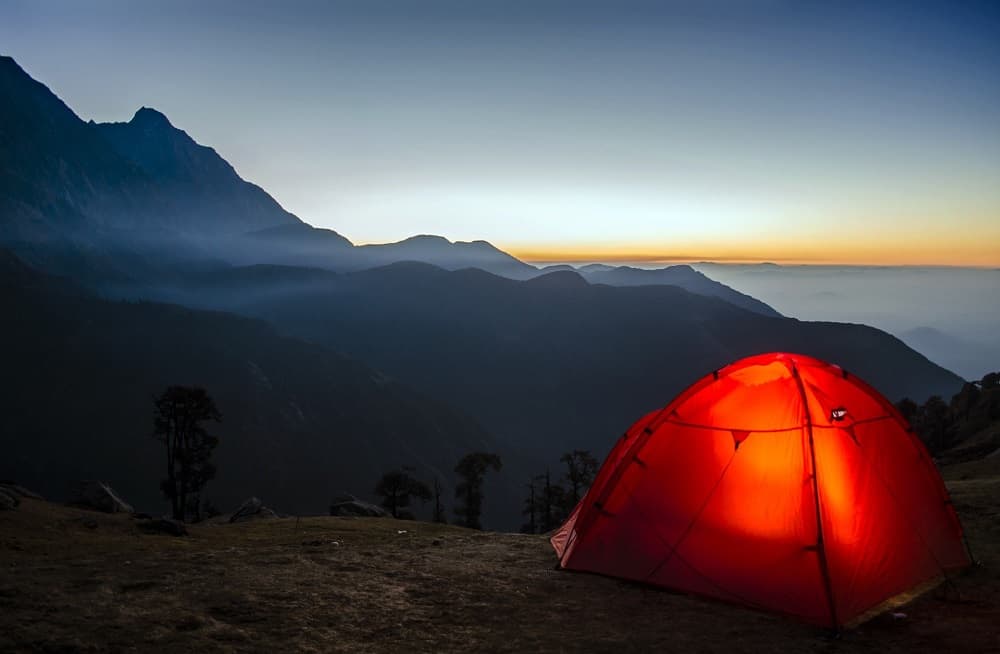
Reflections on the 7 Principles of Leave No Trace
The 7 Leave No Trace Principles are really just common sense, but I still see a lot of hikers breaking them every time I’m out on the trail. And sometimes I end up breaking them too.
Let’s be honest, it does happen that you get lost and have to wander off the path, it happened to me just the other week. But it wasn’t because I wanted to break the principles of leave no trace. It was because I failed to plan well enough.
It happens to all of us that we make mistakes, and sometimes it’s inevitable so don’t beat yourself up for it. Just try to learn from it and do better next time. Remember: These are not rules, they are guidelines. It’s all about having the right mindset when you’re in the outdoors.
If you’re hiking in southern Europe you need to be aware of the processionary caterpillars, read everything you need to know here.
RECOMMENDATIONS:
Pin it for later!

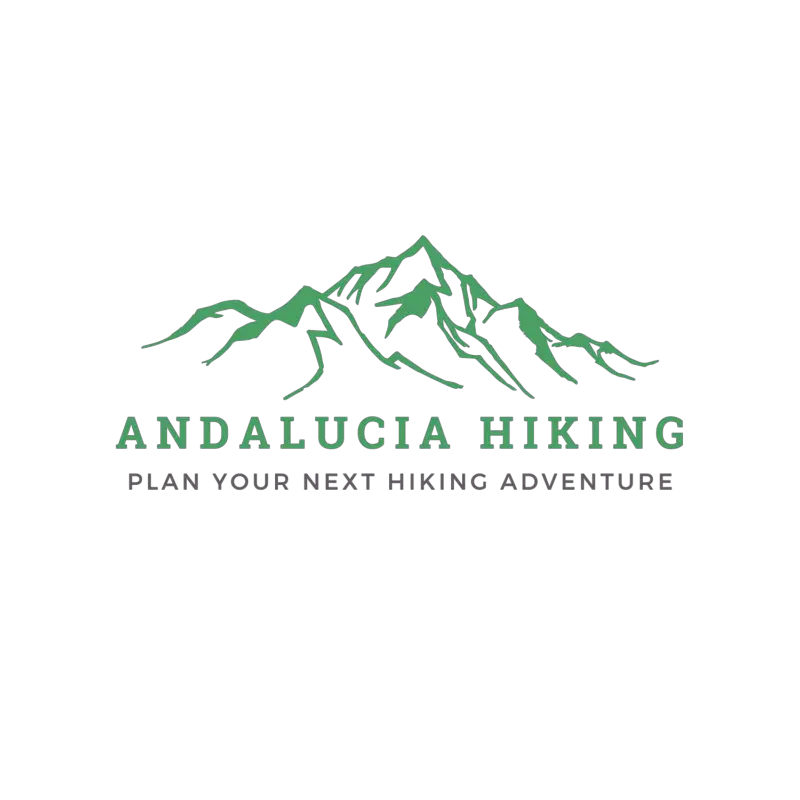

These are very good (and essential) tips. Thank you so much for sharing them with the world!
Whenever I go on a hike, I now bring extra bags for my rubbish and other’s I find on the way. It also gives a 2nd life to those plastic bags we’re still sometimes forced onto!
Thank you, Anthony! That’s a very good use of plastic bags! Keep up the good work:)